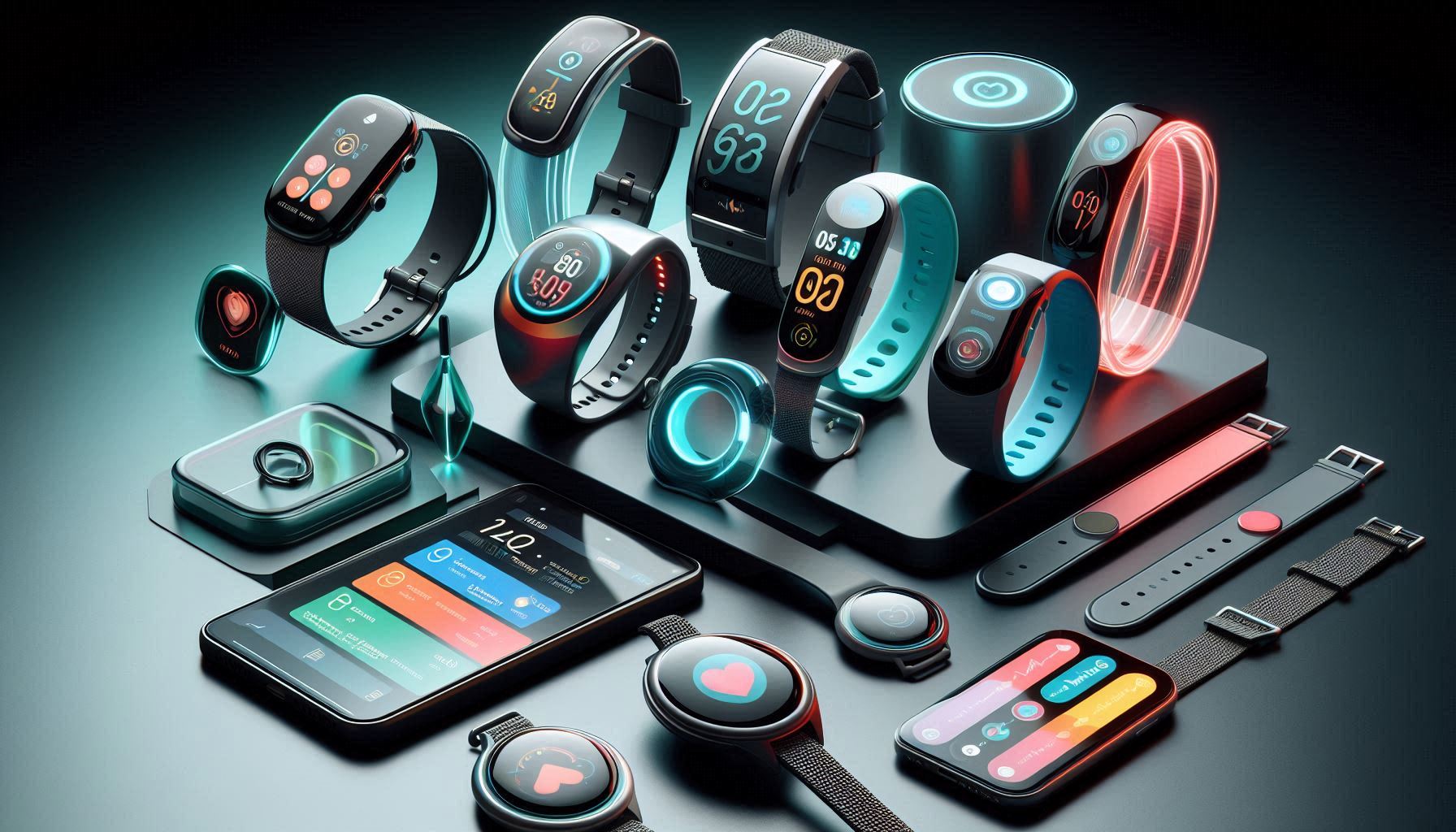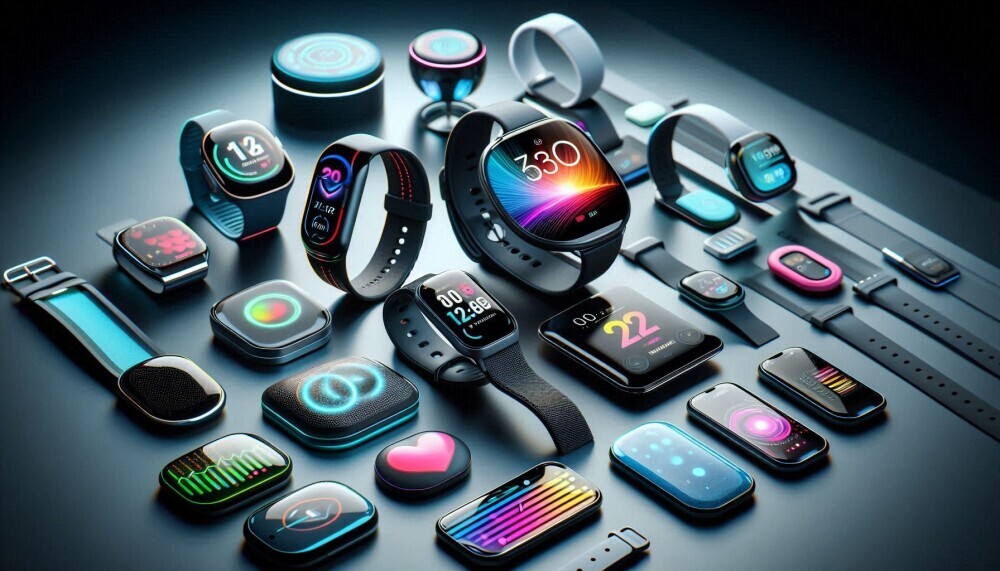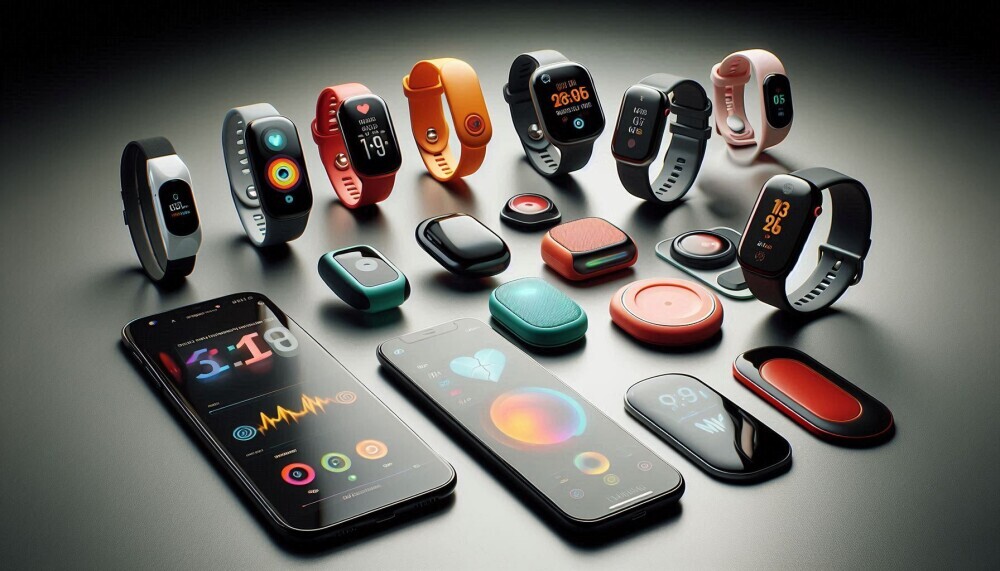Welcome to Vertevia.com. This article focusses on 9 Ways How 5G Is Supercharging Wearable Health Devices. Health and fitness wearables have taken the world by storm in recent years and this trend will continue as technology advances. Right, let’s get started! 🙂
Introduction
In recent years, wearable health technology has evolved from basic fitness trackers into sophisticated health monitoring systems capable of measuring heart rate variability, blood oxygen levels, sleep quality, and more. These devices are no longer just consumer gadgets. They are becoming essential tools in preventive health care, chronic disease management, and real time health monitoring. With the rise of smartwatches, smart rings, and biosensors, the integration of new technologies is critical for making these devices more accurate, responsive, and capable.
Enter 5G. The fifth generation of wireless technology is not just about faster smartphones or streaming high definition videos without buffering. For wearable health devices, 5G represents a monumental leap in connectivity, bandwidth, latency reduction, and overall data management capabilities. In this article, we will explore how 5G is revolutionizing wearable health technology and what that means for patients, healthcare providers, and the future of personalized medicine.
1. The Evolution of Wearable Health Devices
Wearable health device technology began with simple pedometers and step counters. Over time, these evolved into fitness trackers like Fitbit and later, multifunctional smartwatches like the Apple Watch and Samsung Galaxy Watch. These devices can now track a wide array of health metrics, including heart rate, ECG, SpO2 levels, temperature, and even detect falls.
But as these devices become more sophisticated, they also require better connectivity and data processing capabilities. Traditional 4G and Bluetooth connections are often not enough to handle the volume and speed of data transmission needed for real time health monitoring. That’s where 5G enters the picture.
2. The Core Advantages of 5G for Wearable Health Devices
2.1 Ultra Low Latency
Latency refers to the time it takes for data to travel from the device to its destination and back. In healthcare, latency can be critical. For instance, real time ECG monitoring during a cardiac event could mean the difference between timely intervention and a missed opportunity. 5G’s ultra low latency (as low as 1 millisecond) allows for near instantaneous data transmission, enabling truly real time health monitoring.
2.2 Enhanced Bandwidth and Speed
5G can handle significantly more data at faster speeds than its predecessors. This is crucial for wearable health devices that continuously collect and transmit high volumes of biometric data. Enhanced bandwidth ensures that multiple health parameters can be monitored simultaneously without data congestion or lag.
2.3 Greater Device Density
5G supports a higher density of connected devices per square kilometre than 4G. In hospital settings or health focused communities, this means a higher number of patients can be monitored simultaneously without network issues. This opens the door to more scalable telehealth and remote patient monitoring systems.
3. Real Time Health Monitoring and Remote Care
With 5G, wearable health devices can transmit data in real time to healthcare providers, allowing for prompt responses to medical conditions. For example, a wearable ECG monitor can send real time heart data to a cardiologist, who can then adjust treatment protocols immediately.
Remote patient monitoring (RPM) is becoming a cornerstone of modern healthcare, especially for chronic conditions like diabetes, hypertension, and heart disease. 5G enhances the effectiveness of RPM by ensuring that data is not only collected but also analysed and acted upon instantly.
4. Advanced AI Integration
Artificial intelligence (AI) plays a major role in interpreting the vast amounts of data collected by wearable health devices. With 5G, AI algorithms can process this data almost instantly, flagging anomalies and predicting potential health issues before they become serious.
For instance, AI can analyse trends in blood pressure or heart rate over time and send alerts if values deviate from the norm. This predictive capability is amplified when paired with the high speed data transmission enabled by 5G, allowing for early intervention and potentially life saving outcomes.
5. Emergency Response and Alerts
In emergencies, every second counts. Wearable health devices equipped with 5G can send immediate alerts to emergency services and family members in the event of a fall, heart attack, or other critical health incident. These alerts can include GPS location, vital stats, and even a short health history, all transmitted within seconds.
This rapid response capability is particularly important for elderly individuals or those with severe medical conditions, offering peace of mind and an extra layer of safety.
6. Improved Data Security and Privacy
5G networks come with enhanced security protocols compared to earlier generations. This is critical in the healthcare sector, where patient data privacy is governed by strict regulations like HIPAA and GDPR. Wearable health devices which are connected through 5G can leverage secure encryption standards and network slicing to ensure that sensitive health information is transmitted and stored securely.
In addition, 5G’s capacity for localized data processing reduces the need to send all data to the cloud, allowing for more secure on device or near device data management.
7. Expanding the Reach of Telemedicine
Telemedicine has seen rapid growth, especially in the wake of the COVID 19 pandemic. However, its effectiveness often depends on the quality of data transmission. 5G enhances telemedicine by allowing real time video consultations, remote diagnostics, and even robotic surgeries with minimal latency.
When combined with wearable health devices, telemedicine can offer a more comprehensive patient care experience. A physician can monitor vital signs live during a video consultation and adjust treatment plans immediately, improving patient outcomes.
8. Enabling Edge Computing for Health Applications
5G enables more powerful edge computing or processing data closer to where it is generated. For wearables, this means faster insights without relying entirely on centralized cloud servers. For example, a wearable glucose monitor could process readings and trigger alerts locally, reducing dependence on cloud based analytics.
This not only improves response times but also enhances data privacy and reliability.
9. The Future: Implantables and Smart Textiles
As 5G continues to expand, we’ll see even more innovative health devices emerge, such as implantables and smart textiles. These next generation of health wearables will require the high speed, low latency, and secure connectivity that only 5G can offer.
Imagine a smart shirt that tracks respiration, heart rate, and muscle fatigue in athletes, or an implantable device that monitors insulin levels in real time. 5G is the backbone that will support these complex systems and allow them to function seamlessly in everyday life.
Conclusion
The combination of 5G and wearable health technology is setting the stage for a healthcare revolution. From ultra fast data transmission and real time monitoring to secure, AI powered analytics, 5G is enabling wearables to become more than just accessories, they are turning into vital tools for proactive and personalized healthcare.
As the technology continues to evolve, the potential applications will only expand. Whether it’s managing chronic conditions, improving emergency response, or enhancing athletic performance, the synergy between 5G and wearable health devices holds the promise of a healthier, more connected future. For patients, providers, and tech innovators alike, the message is clear. The future of healthcare is here, and it’s wearable.
Our Thanks
Many thanks for taking the time to read through this article. Hopefully you have found it to be interesting and helpful as you search for wearable health devices for you and your family. Why not take a look through our blog? There is lots of further reading on this topic and others. You might like our related article which is titled Top 5 Wearable Gadgets Every Fitness Enthusiast Should Own.
Please let us know in the comments which type of wearable health device you are currently using or plan to buy in the future!
**Here is a bit of transparency. Our website www.vertevia.com does contain affiliate links and Amazon links. So, if you did make a purchase through the website, we may receive a small commission. This is at no extra cost to you whatsoever. It’s just a way for you to support us as we continue to bring you top quality content**
All the best!
Eamon





